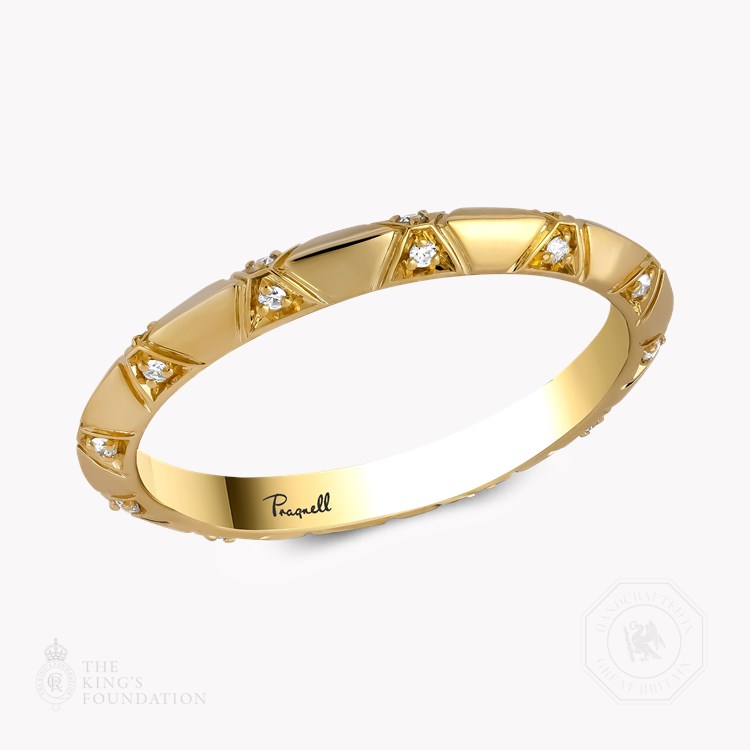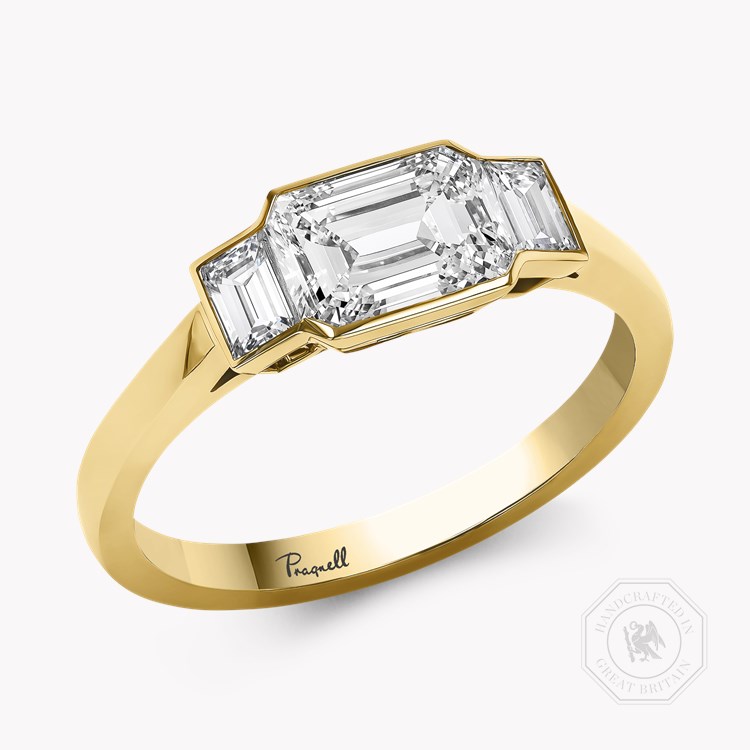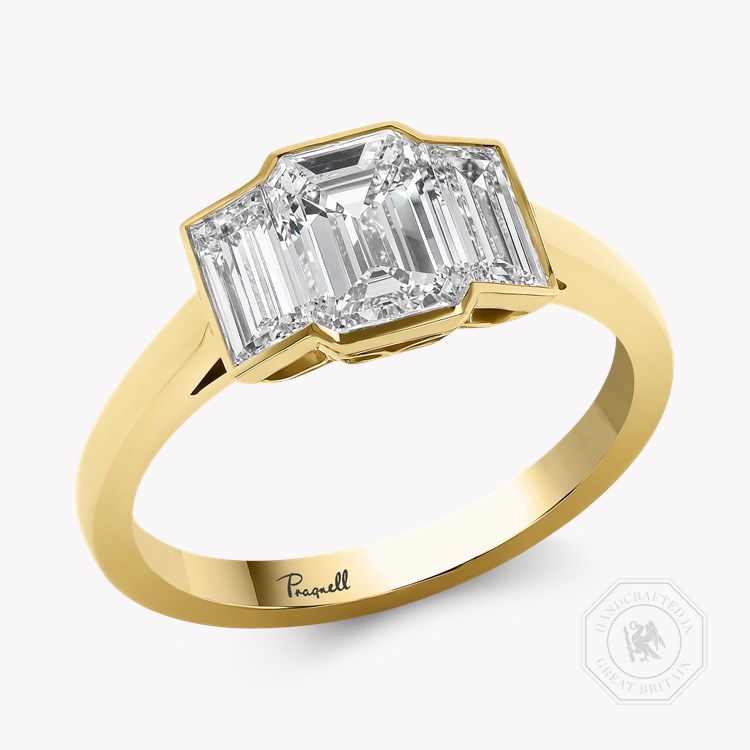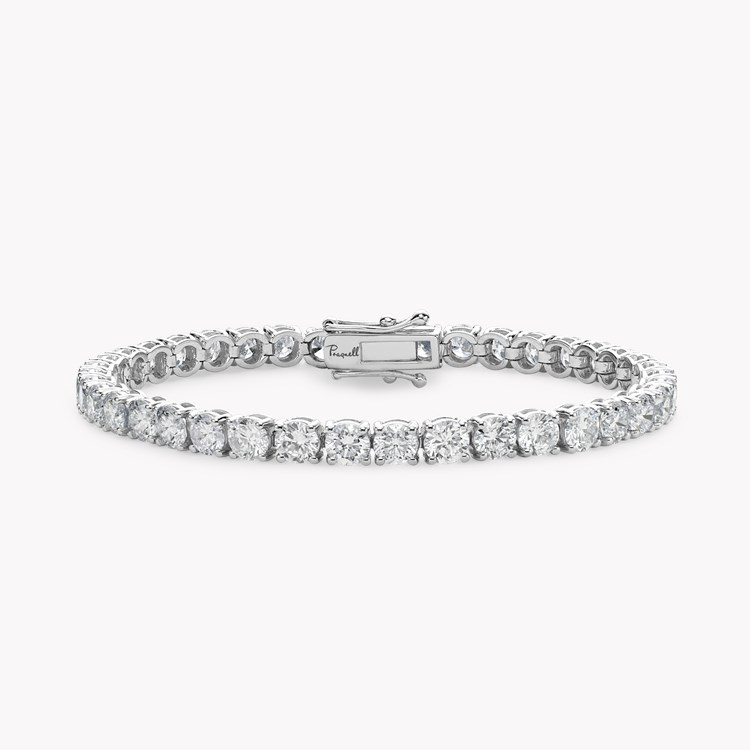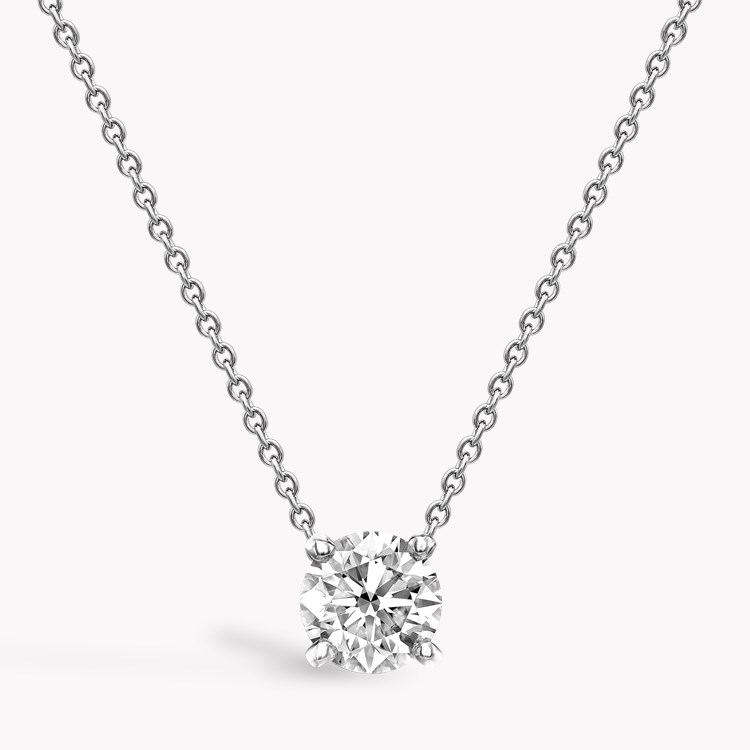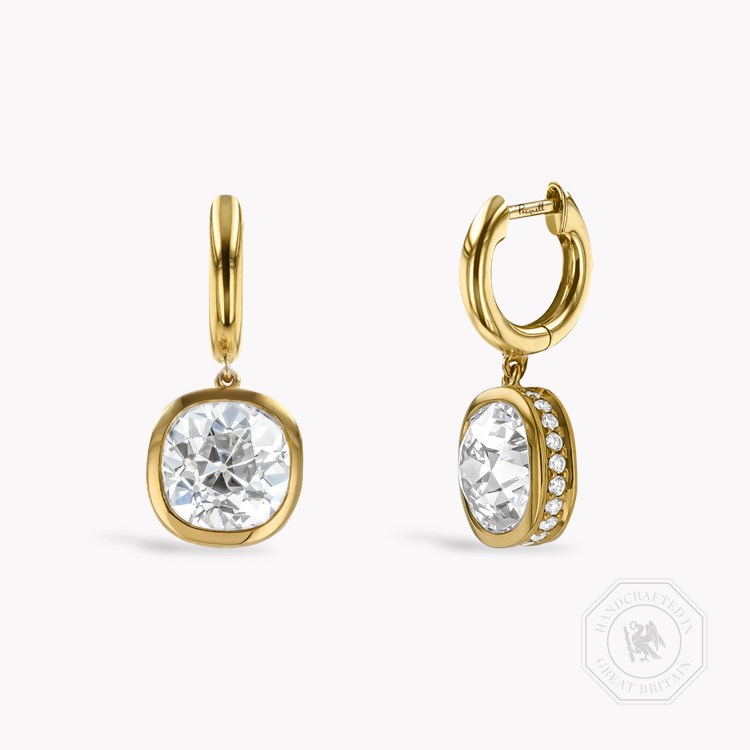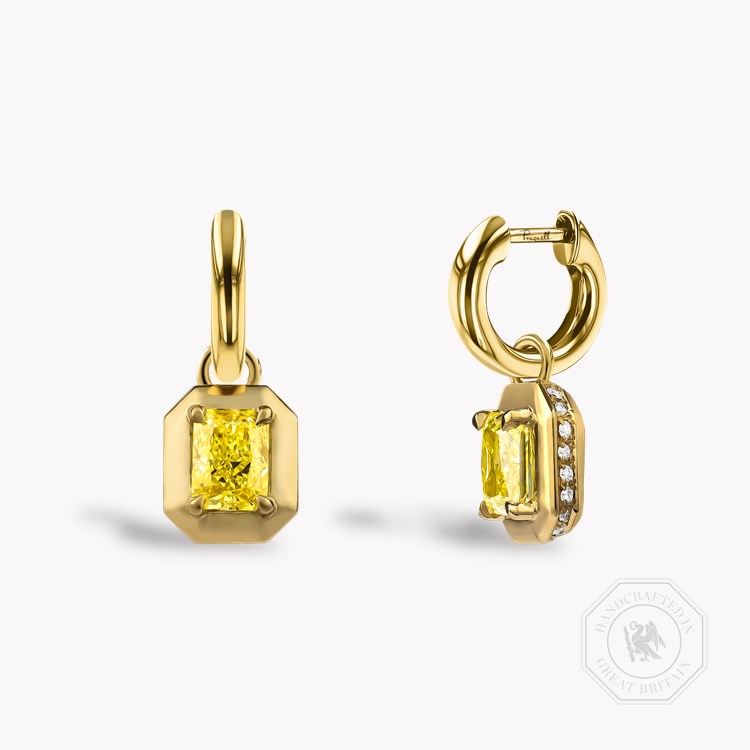Natural vs Lab-Grown Diamonds
At Pragnell, we exclusively use natural diamonds in our jewellery and watches. Furthermore, we scan all diamonds that we acquire, whether they be recently polished or in vintage jewellery, to ensure they are natural. For several decades, we have developed trusted relationships with diamond mines and cutters, ensuring that we secure not only the most beautiful diamonds but also work with partners who greatly benefit the communities in which they operate. We have seen firsthand the positive impact that natural diamonds have had in several regions across Africa, and how a fundamental goal of many is to enrich the lives of those who work within the industry and their families.
Natural Diamonds
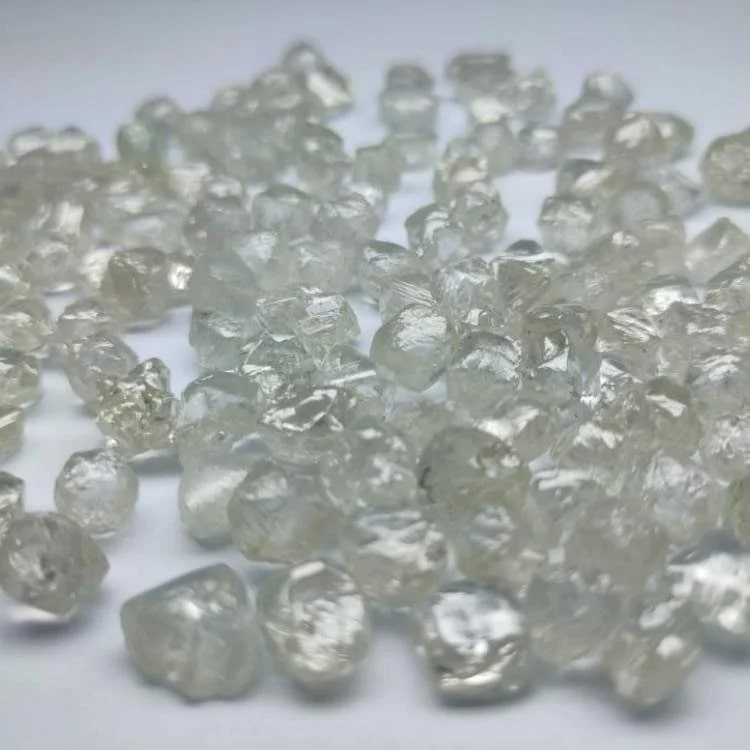
Natural diamonds are formed deep within the Earth under extreme pressure and high temperatures, dating back as far as three billion years. Volcanic activity brought these diamonds to the surface, depositing them in a type of volcanic rock formation known as kimberlite pipes, where they remained until they could be mined. However, only about 5 per cent of kimberlite pipes contain enough diamonds to make mining economically viable.
Diamonds are located in particular areas globally, with major production coming from countries like Botswana, Canada, and various nations in Africa. To safeguard the communities engaged in natural diamond mining, there are strict regulations, including the Kimberley Process.
1-min.jpg)
The formation process of a mineral plays a crucial role in determining its identity. Diamonds are created under high temperatures and pressures that occur only at specific depths—approximately 100 miles beneath the Earth's surface.
Diamonds have an isometric crystal structure, meaning that the carbon atoms are bonded uniformly in all directions. In contrast, graphite also consists solely of carbon, but its formation and crystal structure differ significantly from those of diamond.
As a result, graphite is soft enough to be used for writing, while diamonds are extremely hard and can only be scratched by another diamond.
Lab-Grown Diamonds
-min.jpg)
Laboratory-grown diamonds have the same chemical, optical, and physical properties, as well as the same crystal structure, as natural diamonds. Both types are composed of tightly bonded carbon atoms, which means they respond to light in the same way and have similar hardness. The primary difference between laboratory-grown diamonds and natural diamonds is their origin.
The overwhelming majority, approximately 99%, of natural diamonds are extracted from tightly controlled settings. In contrast, lab-grown diamonds are primarily produced in less-regulated facilities in countries such as China and India. Many of these operations rely on coal power, resulting in a significantly higher carbon footprint.
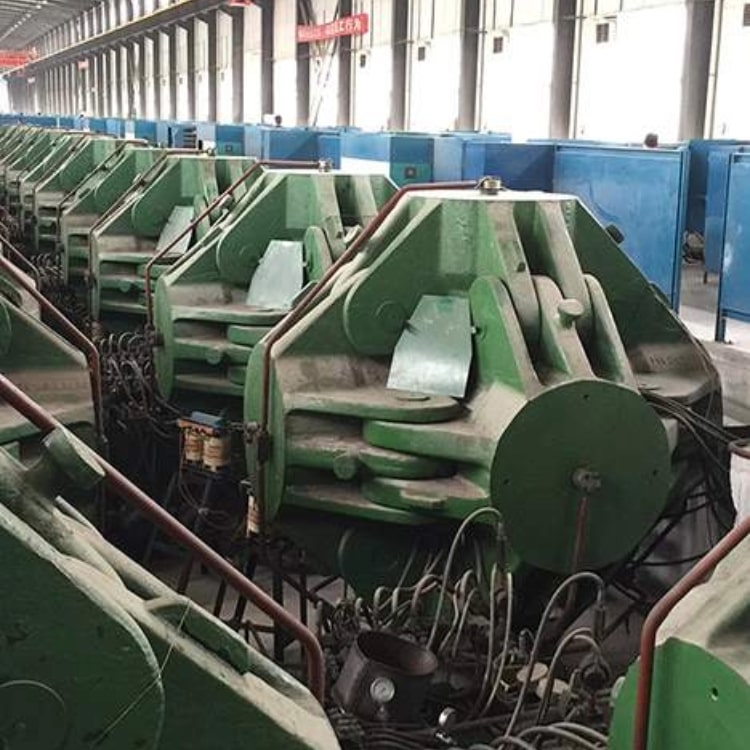
Lab-grown diamonds are produced using two primary methods, as outlined by the Gemmological Institute of America (GIA), which has been researching laboratory-grown diamonds for over 30 years.
The first method is called High Pressure, High Temperature (HPHT). This process replicates the extreme pressure and temperature conditions found deep within the Earth, where natural diamonds are formed. As a result, HPHT diamonds exhibit a distinct crystal shape characteristic of laboratory-grown diamonds.
The second method is known as Chemical Vapour Deposition (CVD). This technique involves breaking down molecules from a carbon-rich gas, such as methane, into individual carbon and hydrogen atoms. These atoms are then deposited onto diamond seeds, creating a square-shaped, tabular diamond crystal.
Pragnell Diamonds
All of our diamond jewellery is crafted using natural diamonds. When a member of the Pragnell family selects our diamonds, you benefit from generations of expertise in recognising their unique qualities.
Our reputation is built on the quality of our diamonds. Our expert gemologists meticulously examine thousands of diamonds, selecting only those that they find truly stunning. They ensure that every diamond we acquire complies with the Kimberley Process, an international initiative designed to prevent conflict diamonds from entering the market. This means that the entire journey of each diamond is carefully monitored, giving you peace of mind that your diamond is natural, untreated, and conflict-free.
Explore Diamond Jewellery
Frequently Asked Questions
Below are the answers to our most commonly asked questions. Should you want to find out more please feel free to Contact Us and begin your Pragnell experience.
Jewellery CLP Page
Contact us